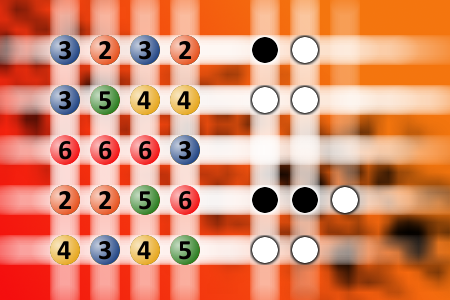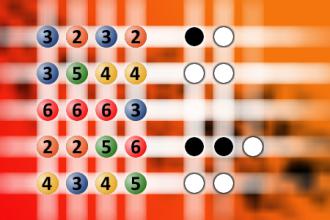What a winning combination?
The computer chose a secret code (sequence of 4 digits from 1 to 6). Your goal is to find that code. Black circles indicate the number of hits on the right spot. White circles indicate the number of hits on the wrong spot.Correct answers: 26
The first user who solved this task is Nílton Corrêa de Sousa.
#brainteasers #mastermind

McPherson walked into a bar an...
McPherson walked into a bar and ordered martini after martini, each time removing the olives and placing them in a jar. When the jar was filled with olives and all the drinks consumed, the Irishman started to leave.
"Excuse me," said another bar patron, who was puzzled over what McPherson had done. "What was that all about?"
"Nothing," said the Irishman, "my wife sent me out for a jar of olives."
"Excuse me," said another bar patron, who was puzzled over what McPherson had done. "What was that all about?"
"Nothing," said the Irishman, "my wife sent me out for a jar of olives."

